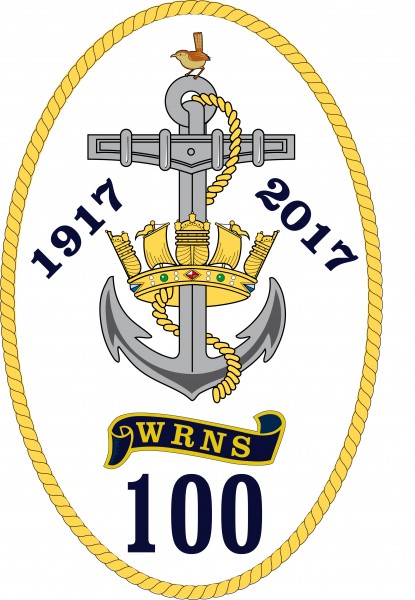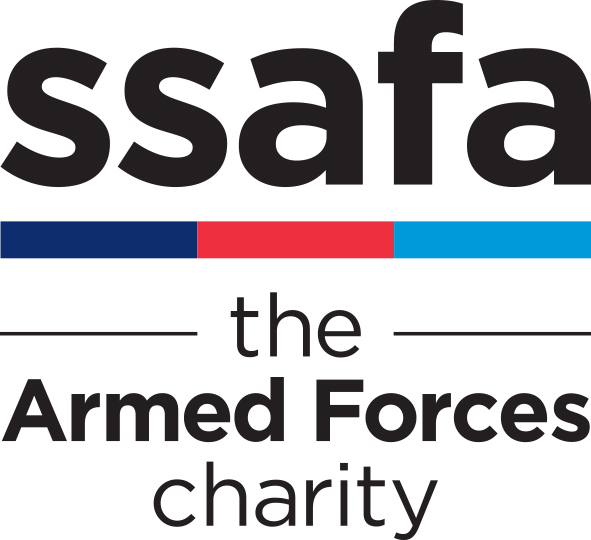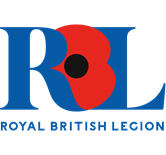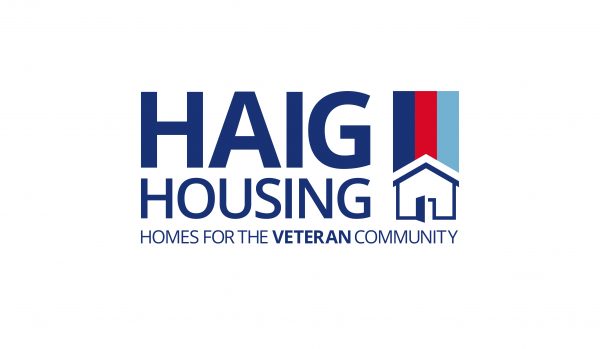Former members of the Women’s Royal Naval Service (WRNS) have joined the recruits at HMS Raleigh on parade to mark the 100th anniversary of the formation of their Service.
Nearly 40 blue-badge WRNS accepted the invitation to take a trip down memory lane by spending the day at the establishment. The highlight of the event saw the former WRNS perform a march-pass during the passing-out-parade ceremony for the latest group of recruits, who were marking the completion of their initial training.
Flag Officer Sea Training, Rear Admiral John Clink, took the salute, while his wife, Jacqueline, a former WRNS Officer, led the WRNS platoon.
HMS Raleigh was the home of initial naval training for Wrens, as they were affectionately known, from 1981 until training for men and women was amalgamated in 1990.
Chrys Frowde, from Plymouth, was one of the instructors at Dauntless Squadron, as the Wrens training squadron was known, in the 1980s. She said: “I remember the fun and the camaraderie. Training appears to be much different. It’s lovely being here and it reminds you how proud you were to be a Wren”
Patricia Keyaerts joined the WRNS in 1952. The 85-year-old from Plymouth was sent to Scotland after her basic training and remembers marching through three Scottish towns on Coronation Day. She left the WRNS in 1955 and went on to join the Naval Reservist Unit, HMS Vivid, in 1957 until1980.
Patricia said: “My husband was an instructor here in the 1960s, so to come back and see the boys and girls pass out brings back some lovely memories.
The ladies were welcomed to the Naval Base, in Torpoint, by Capt Ellie Ablett, the Commanding Officer, who read out a letter from Her Royal Highness The Princess Royal, the patron of WRNS 100.
The ladies were also treated to a performance by the Band of Her Majesty’s Royal Marines Plymouth, which included the specially commissioned WRNS100 march and ‘Hello Dolly’, the tune played to welcome the first 50 Wrens as they reported for training in 1981.
HMS Raleigh’s event is one of a number being held this year to commemorate the formation of the WRNS in 1917.
Commander Rosie Wilson, a former WRNS training officer at HMS Raleigh in the 1980s, is the Chairman of the WRNS100 Project Group. She said: “One of the things we are pleased about is that so many Naval establishments have got involved by hosting events to celebrate WRNS100, which is marvellous because the next generation is finding out about the WRNS. We were the fore-runners of women in the Navy today. Seeing these young people here at HMS Raleigh is marvellous for us. They are fantastic.”
The event was organised by Warrant Officer Jen Morton, who joined the Service as a Wren and is now in charge of Writers’ specialist training. She was assisted in hosting the event by a class of trainee Writers.
Trainee Writer Brittany Walker, aged 23 from Norfolk, said: “It’s been nice hearing the ladies’ stories of how things were in their day. Their initial training was different compared to what we have to do, particularly the physical element.”
The WRNS was formed in 1917 as the Royal Navy faced a deteriorating manpower situation as a result of the First World War. It was decided that women should fulfil some of the shore jobs in a supporting role, freeing up men to go to sea. The original WRNS were employed in domestic or clerical jobs, but as the manpower shortages continued they took on other jobs such as sail-making, driving and maintaining aircraft.
During World War Two the competition to join the WRNS was very strong. Again women played their part so that the men could go to sea, but their role increased to include radio operators and even boat crew. The WRNS was permanently established in 1949 and women became an integral part of the Royal Navy.
The WRNS was formally disbanded on 1 November 1993 when 4,535 women transferred fully into the Royal Navy. Their supporting role had come to a proud end.

















